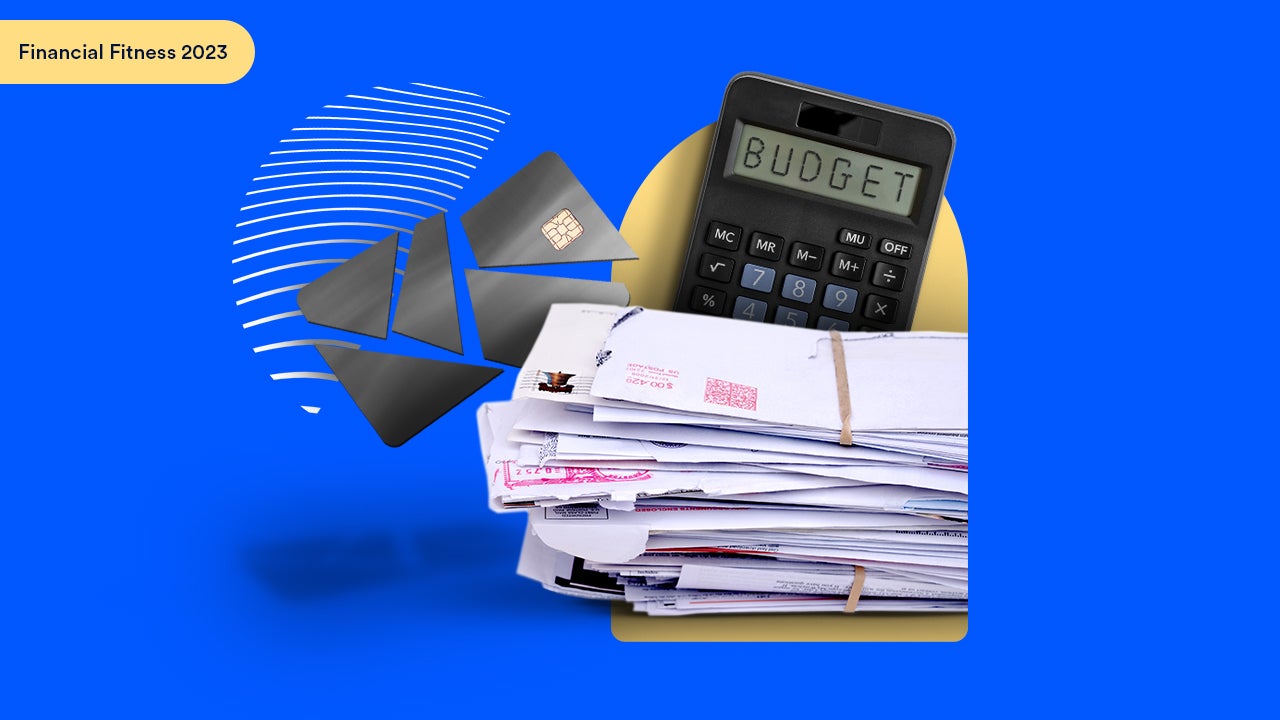How to use your year-end credit card summary to audit your finances

Key takeaways
- Your year-end credit card summary has a lot of useful information about your spending habits and debt accumulation from the past year.
- By going through these reports, you can find trends in your spending and come up with a better way to save money and earn more rewards in 2025.
- If you find that you’re carrying debt on your credit cards from month to month like many other Americans, consider checking out balance transfer credit cards and coming up with a payment plan to eliminate your debt.
Have a question about credit cards? E-mail me at ted.rossman@bankrate.com and I’d be happy to help.
Credit card issuers often send year-end summaries that compile all of your purchases with that card over the year. These reports typically arrive sometime in January. I recently received year-end statements from American Express and Chase. They organized all of my annual spending into categories such as travel, restaurants and entertainment. These documents can be helpful financial planning tools. You can start by using them to do the following:
1. Review your budget
I like to put as much of my spending as possible on credit cards because it’s convenient and the rewards can really stack up. My family and I earned nearly $3,000 in cash back credit card rewards last year. An added benefit is that, unlike cash, credit cards provide an easy way to track everything you bought.
Target unwanted subscriptions
Take this opportunity to revisit where your money went in 2024. Are you being charged for monthly subscriptions you’ve forgotten about or are no longer using? American adults spend an average of $91 on subscription services each month, according to a 2024 CNET survey on “subscription creep,” and 48 percent forget to cancel a free trial before it turns into a paid subscription.
Reevaluate unnecessary spending
Can you uncover other potential money leaks, such as excessive takeout ordering, rideshares or impulse buys?
Sometimes, we spend mindlessly. If you find that you don’t value those expenses, cutting back can yield big savings, especially with inflation and interest rates still stubbornly high. Let’s say you spend $15 on a sandwich, chips and a drink every day at work. If you pack a lunch from home, you could bring that cost down to, say, $3 per meal. Even if you only make the swap twice a week, you could save more than $1,200 per year.
2. Adjust your debt payoff plan
Almost half (48 percent) of credit cardholders carry debt from month to month, according to Bankrate’s 2025 Credit Card Debt survey. If this describes you, your interest rate should be your top priority. The average credit card rate is a near-record 20.10 percent. About two-thirds (67 percent) of Americans with credit card debt are making a mistake by trying to maximize credit card rewards, reports Bankrate’s 2024 Chasing Rewards in Debt survey.
I love rewards, but not if you’re paying 20 percent in interest just to get 2 or 3 percent in cash back or travel rewards. Knock out your debt first, then go for rewards.
You’ll have to pay more than the minimum payment on your card if you want to get out of debt faster and pay less in interest. Consider this minimum payment scenario: If you have the average credit card balance ($6,380, according to TransUnion) and you only make minimum payments at the average interest rate of 20.10 percent, then depending on how your issuer calculates your minimum payment, you could be in debt for 301 months (just over 25 years!) and could owe over $10,000 in interest.
Consider a balance transfer credit card
My top tip for getting out of credit card debt is to sign up for a balance transfer credit card with a generous 0 percent interest promotion. These allow you to pause the interest clock for up to 21 months. If you have credit card debt, forget about rewards for now. In fact, it may be best to use a debit card or cash for all of your spending for a while. Don’t dig the hole any deeper.
Transfer your high-cost credit card debt to a new card with a lengthy interest-free balance transfer period. Divide what you owe by the number of months in your 0 percent term and try to stick with that level payment plan. This could save you hundreds or even thousands of dollars in interest charges.
Consider this example: If you have the average balance of $6,380, you could pay a little over $300 per month to finish off your debt within 21 months (and that even accounts for the typical balance transfer fee of 3 to 5 percent). Tackling $6,380 in debt can be daunting, but around $300 a month feels a lot more doable, doesn’t it?
You can do the math yourself with our balance transfer calculator.
3. Revamp your rewards strategy
If you can pay your credit card bills in full each month, it’s time for the fun stuff. Rewards are the best perk of using credit cards. Some people prefer to redeem for travel and others like cash back. Consider which is best for you and your budget and think about taking the following actions:
Pay attention to your top spending categories
You need to make sure that your cards are leaning into the right spending categories, and your year-end summary can help you in this quest. Since different cards prioritize different types of spending, make sure that your strategy is well-aligned. If you’re spending a lot at the grocery store, for example, are you using a card with strong grocery rewards? The same goes for dining, travel, gas and other key categories.
Looking through my year-end statements, I can tell that travel is the main category that I could be optimizing better.
Check out new credit card offers
After reviewing your year-end summary, you might be surprised at how much you spent in some areas. Assuming those are things that you value and will continue buying in 2025, consider signing up for a new card that will fill a hole in your existing card strategy. Our free CardMatch™ tool can help you compare options based upon your credit score and what you’re looking to get out of your new card.
Make sure you can earn your new card’s welcome bonus
The new card can be especially beneficial if it comes with a sign-up bonus offer. Remember that the best introductory bonuses generally require you to spend anywhere from a few hundred to a few thousand dollars within your first few months with the card, so make sure you’ll be able to hit the card’s minimum spending requirements with money you would have spent anyway. I especially like signing up for a new card in tandem with a natural spending spike such as holiday shopping, a big trip or a home renovation. The sign-up bonus alone could put more than $1,000 back in your wallet.
The bottom line
It’s still early in 2025, which makes it a natural time for reflection. Your lifestyle is always changing, and the credit card market is, too. Take some time to look back in order to chart an even better path forward. Sift through the year-end summaries provided by your credit card issuers and consider ways to further optimize your spending in the new year.
Why we ask for feedback Your feedback helps us improve our content and services. It takes less than a minute to complete.
Your responses are anonymous and will only be used for improving our website.






